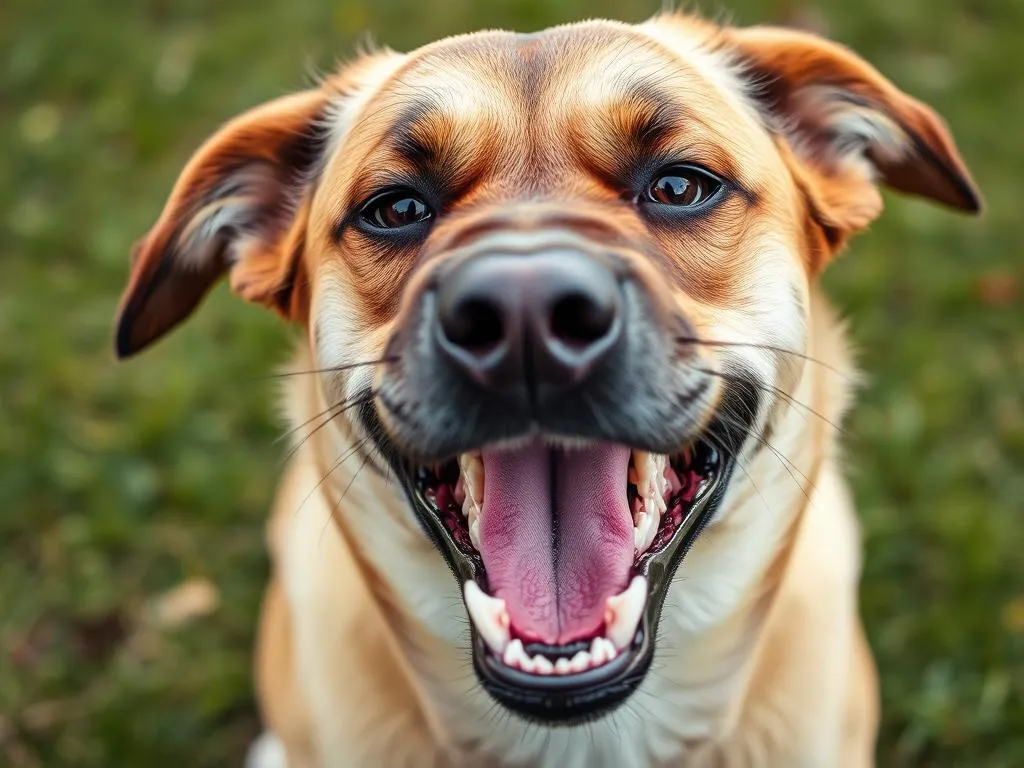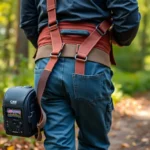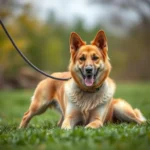
Aggression in dogs is a common concern that many pet owners face. It’s often alarming to witness your beloved pet displaying aggressive behavior, whether it’s toward strangers, other animals, or even family members. Understanding why is my dog being aggressive is essential for ensuring the safety of your dog and those around them.
Addressing aggression early is crucial not just for the well-being of your dog but for the peace of mind of everyone in your household. Ignoring the issue can lead to escalating behavior, potentially resulting in dangerous situations. By understanding the underlying causes of aggression, you can implement effective training strategies that foster a healthier relationship with your dog.
Understanding Dog Aggression
Definition of Dog Aggression
Aggression in dogs can be defined as any behavior that is intended to threaten or harm another individual. This may include growling, barking, lunging, or biting. It’s crucial to differentiate between aggression and other behavioral issues like anxiety or hyperactivity. While these can also manifest as undesirable behaviors, true aggression is characterized by a willingness to inflict harm.
Types of Dog Aggression
Different types of aggression can arise from various triggers and motivations. Here are some common forms:
-
Fear Aggression: Often a response to feeling threatened, fear aggression occurs when a dog perceives danger. This can be triggered by unfamiliar environments, loud noises, or aggressive behavior from other animals.
-
Protective Aggression: Dogs may exhibit aggression when they feel the need to protect their territory, family, or possessions. This instinct can lead them to act defensively against perceived threats.
-
Territorial Aggression: Similar to protective aggression, territorial aggression is directed toward anything that encroaches on a dog’s perceived territory, whether it’s a new person, another dog, or even a delivery person.
-
Maternal Aggression: Female dogs may show aggression when they feel their puppies are threatened. This behavior is instinctual and can be quite fierce.
-
Play Aggression: Sometimes, dogs engage in what appears to be aggressive behavior during play. However, this is usually not serious and can be distinguished by the absence of true aggression signs.
Why Is My Dog Being Aggressive?
Common Triggers of Aggression
Understanding the triggers of aggression is key to managing it. Here are some common causes:
-
Strangers and Other Animals: Lack of proper socialization can lead to fear and aggression towards unfamiliar people or animals. Dogs that are not exposed to a variety of experiences may react defensively when they encounter new stimuli.
-
Pain or Illness: If a dog is in pain or feeling unwell, it may respond aggressively as a form of self-defense. This is particularly common in older dogs or those with underlying health issues.
-
Frustration: Situations that cause frustration, such as being restrained on a leash when they want to greet another dog, can lead to aggressive behavior. This phenomenon is often referred to as “leash aggression.”
-
Resource Guarding: Dogs may become aggressive when they feel the need to protect their food, toys, or space. This behavior is often rooted in survival instincts.
Assessing Your Dog’s Behavior
To effectively manage aggression, it’s vital to assess your dog’s behavior closely.
-
Observing Body Language: A dog’s body language can provide insight into their emotional state. Signs of aggression may include stiffened body posture, raised hackles, bared teeth, and a fixed stare. Recognizing these signals allows owners to intervene before aggression escalates.
-
Identifying Patterns: Keep a record of when aggression occurs. Take note of specific situations, environments, or triggers that coincide with aggressive behavior. This information can help you and any professionals you might consult better understand your dog’s actions.
Training Techniques to Manage Aggression
Professional Help
For severe cases of aggression, seeking the guidance of a professional trainer or behaviorist can be beneficial.
-
When to Seek a Trainer or Behaviorist: If your dog’s aggression poses a risk to themselves or others, or if you’re unsure how to address the behavior, it’s time to consult an expert. They can provide tailored strategies based on their assessment of your dog.
-
What to Expect from Professional Training: Professionals often use a combination of behavioral modification techniques, socialization exercises, and positive reinforcement methods to address aggressive behavior.
Basic Training Commands
Teaching your dog basic commands can be a game-changer in managing aggression.
-
Importance of Obedience Training: A well-trained dog is less likely to act aggressively. Obedience training instills discipline and enhances communication between you and your dog.
-
Key Commands to Focus On: Start with essential commands such as “sit,” “stay,” and “leave it.” These commands can help redirect your dog’s focus during moments of tension.
Positive Reinforcement Techniques
Using positive reinforcement is an effective way to encourage good behavior.
-
Rewarding Good Behavior: When your dog remains calm in situations that typically trigger aggression, reward them with treats or praise. This reinforces positive behavior and helps them associate the situation with positive outcomes.
-
Desensitization Techniques: Gradually exposing your dog to their triggers in a controlled manner can help reduce their aggressive responses over time.
Redirecting Aggression
Redirecting your dog’s focus can prevent aggressive outbursts.
-
Distraction Techniques: Utilize toys, treats, or commands to draw your dog’s attention away from the trigger. This can help prevent escalation.
-
Engaging in Alternative Activities: Activities like fetch, agility training, or interactive games can channel your dog’s energy in a positive direction, reducing the likelihood of aggressive behavior.
Creating a Safe Environment
Managing Your Dog’s Space
Establishing a safe environment is essential for dogs prone to aggression.
-
Safe Zones: Create a designated area in your home where your dog can retreat when they feel overwhelmed. This helps them feel secure and reduces anxiety.
-
Controlled Socialization: Introduce your dog to new people and animals slowly and in controlled settings to avoid overwhelming them.
Using Equipment Wisely
Utilizing the right equipment can help manage aggressive behavior effectively.
-
Leash and Muzzle Training: Training your dog to accept a muzzle can be a responsible precaution, especially in unknown situations. A sturdy leash can also provide better control during walks.
-
Choosing the Right Gear: Select appropriate collars and harnesses that allow for better management of your dog’s behavior while ensuring their comfort.
Long-Term Strategies for Preventing Aggression
Continued Socialization
Ongoing socialization is vital for a well-adjusted dog.
-
Ongoing Socialization Opportunities: Regularly expose your dog to new experiences, people, and other animals. This helps build their confidence and reduces fear-based aggression.
-
Training Classes: Enroll in obedience or socialization classes to provide structured learning experiences for your dog.
Regular Exercise
Physical and mental stimulation is crucial in managing aggression.
-
Physical and Mental Stimulation: Regular exercise helps alleviate pent-up energy, which can contribute to aggressive behavior.
-
Types of Activities to Consider: Activities such as long walks, runs, or interactive play sessions can help keep your dog physically and mentally engaged.
Monitoring Health
Keeping a close eye on your dog’s health can prevent aggression rooted in pain or discomfort.
-
Routine Veterinary Check-ups: Regular vet visits are essential to rule out any medical issues that could be contributing to aggressive behavior.
-
Signs of Stress or Pain: Educate yourself on recognizing signs of stress or pain in your dog, such as changes in appetite, withdrawal from activities, or unusual aggression.
Conclusion
Understanding why is my dog being aggressive is the first step toward effective training and fostering a positive relationship with your pet. By recognizing the types of aggression and their triggers, you can take proactive steps to manage these behaviors. With patience, commitment, and the right strategies, you can help your dog lead a more balanced and fulfilling life. Remember that aggression can be managed, and with the right approach, you can create a safe and harmonious environment for both you and your furry friend.









